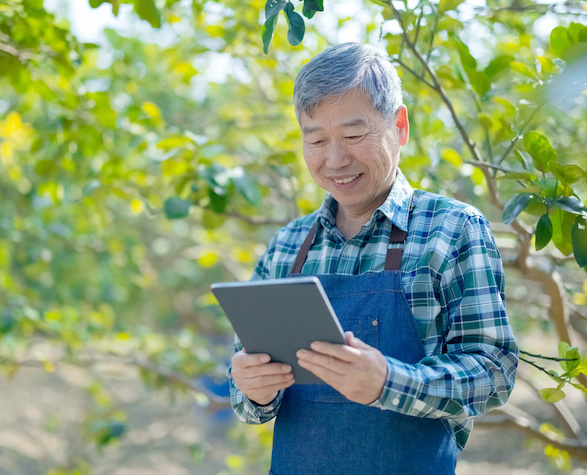

How has this move from cash to digital affected beneficiaries of Bangladesh's primary education stipend? We conducted a field survey using both a quantitative questionnaire and qualitative assessments, with separate modules for school headmasters and mothers with children enrolled in the program. The objective of the survey was to understand the perception and experience of the disbursement of PESP through mobile financial services.







 International Monetary Fund, Asia and Pacific Department
International Monetary Fund, Asia and Pacific Department 













